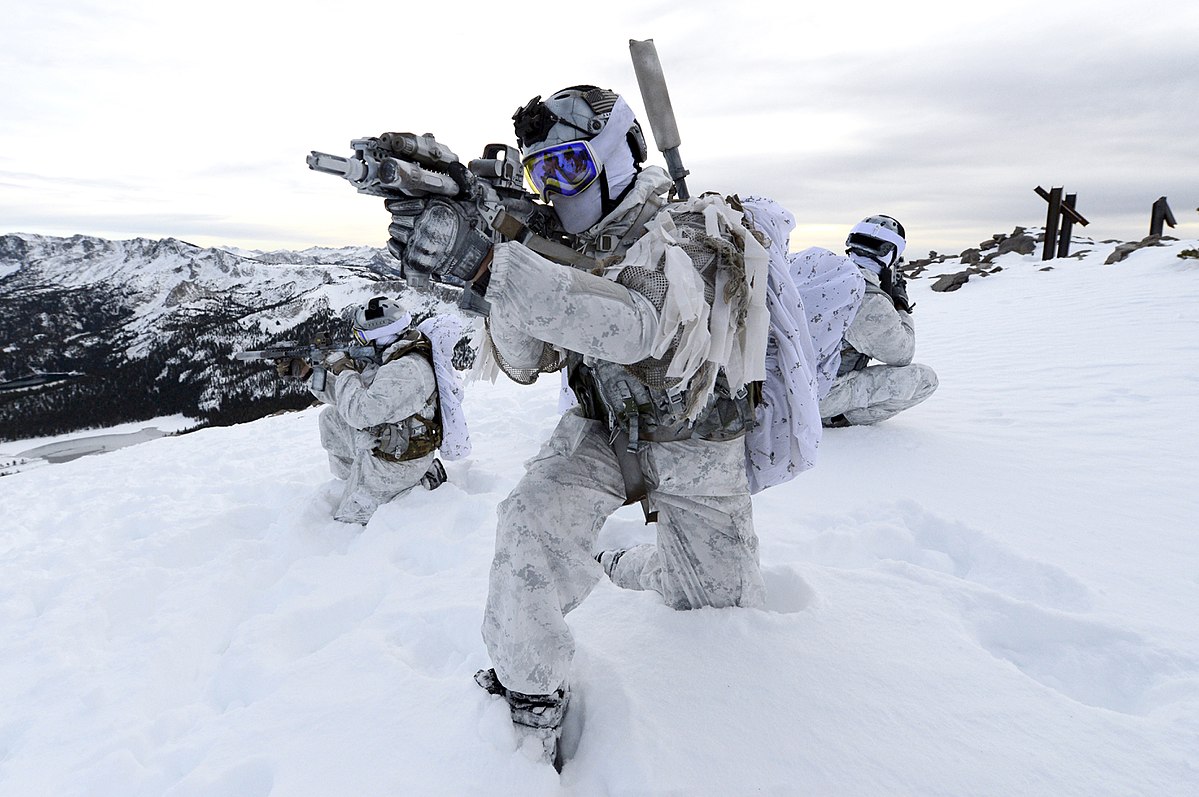( I wrote this opinion piece together with Lt. Col. Stephen Hamilton and Capt. Kyle Hager)
The U.S. Army’s ability to employ high-frequency radio systems has atrophied significantly since the Cold War as the United States transitioned to counterinsurgency operations. Alarmingly, as hostile near-peer adversaries reemerge, it is necessary to re-establish HF alternatives should very-high frequency, ultra-high frequency or SATCOM come under attack. The Army must increase training to enhance its ability to utilize HF data and voice communication.
The Department of Defense’s focus over the last several years has primarily been Russian hybrid warfare and special forces. If there is a future armed conflict with Russia, it is anticipated ground forces will encounter the Russian army’s mechanized infantry and armor.
A potential future conflict with a capable near-peer adversary, such as Russia, is notable in that they have heavily invested in electromagnetic spectrum warfare and are highly capable of employing electronic warfare throughout their force structure. Electronic warfare elements deployed within theaters of operation threaten to degrade, disrupt or deny VHF, UHF and SATCOM communication. In this scenario, HF radio is a viable backup mode of communication.
The Russian doctrine favors rapid employment of nonlethal effects, such as electronic warfare, in order to paralyze and disrupt the enemy in the early hours of conflict. The Russian army has an inherited legacy from the Soviet Union and its integrated use of electronic warfare as a component of a greater campaign plan, enabling freedom of maneuver for combat forces. The rear echelons are postured to attack either utilizing a single envelopment, attacking the defending enemy from the rear, or a double envelopment, seeking to destroy the main enemy forces by unleashing the reserves. Ideally, a Russian motorized rifle regiment’s advanced guard battalion makes contact with the enemy and quickly engage on a broader front, identifying weaknesses permitting the regiment’s rear echelons to conduct flanking operations. These maneuvers are generally followed by another motorized regiment flanking, producing a double envelopment and destroying the defending forces.
Currently, the competency with HF radio systems within the U.S. Army is limited; however, there is a strong case to train and ensure readiness for the utilization of HF communication. Even in EMS-denied environments, HF radios can provide stable, beyond-line-of-sight communication permitting the ability to initiate a prompt global strike. While HF radio equipment is also vulnerable to electronic attack, it can be difficult to target due to near vertical incident skywave signal propagation. This propagation method provides the ability to reflect signals off the ionosphere in an EMS-contested environment, establishing communications beyond the line of sight. Due to the signal path, the ability to target an HF transmitter is much more difficult than transmissions from VHF and UHF radios that transmit line of sight ground waves.
The expense to attain an improved HF-readiness level is low in comparison to other Army needs, yet with a high return on investment. The equipment has already been fielded to maneuver units; the next step is Army leadership prioritizing soldier training and employment of the equipment in tactical environments. This will posture the U.S. Army in a state of higher readiness for future conflicts.
Dr. Jan Kallberg, Lt. Col. Stephen Hamilton and Capt. Kyle Hager are research scientists at the Army Cyber Institute at West Point and assistant professors at the United States Military Academy.


